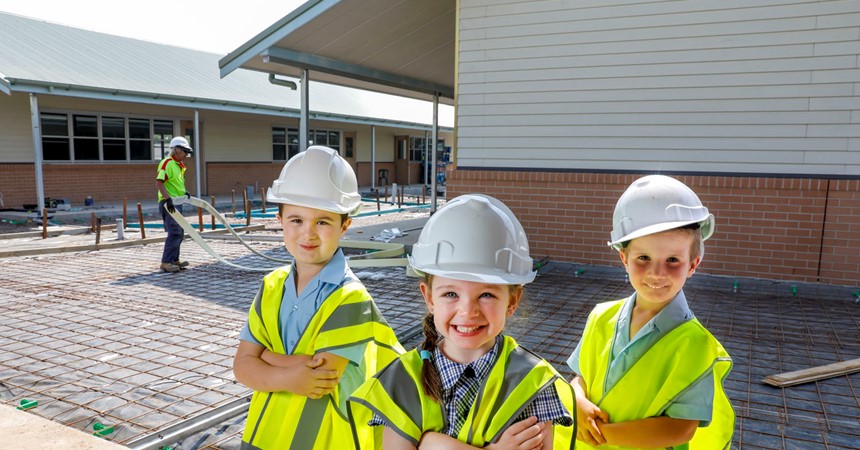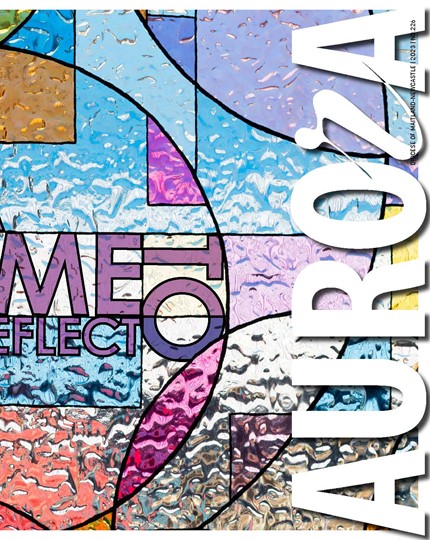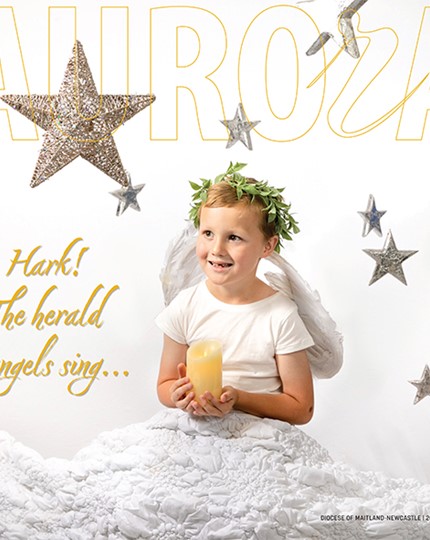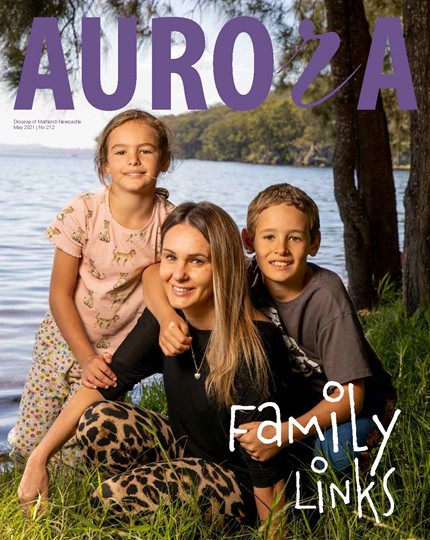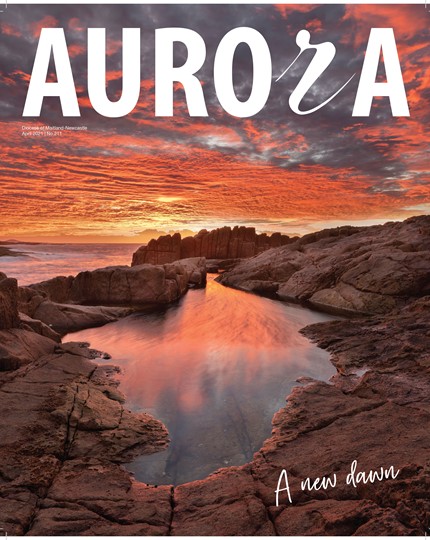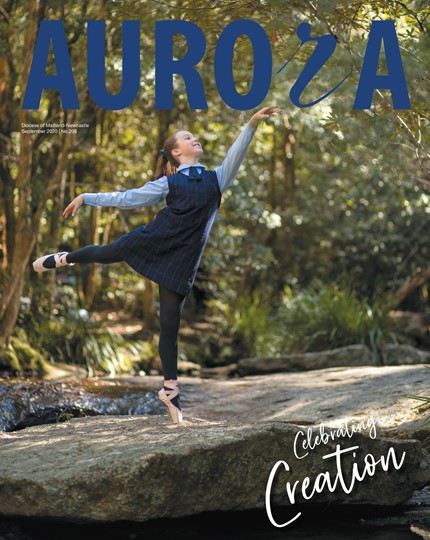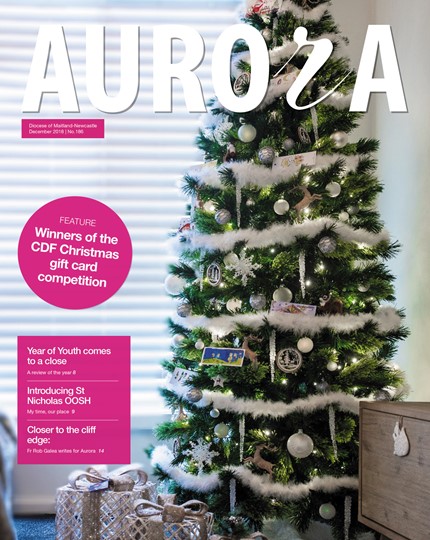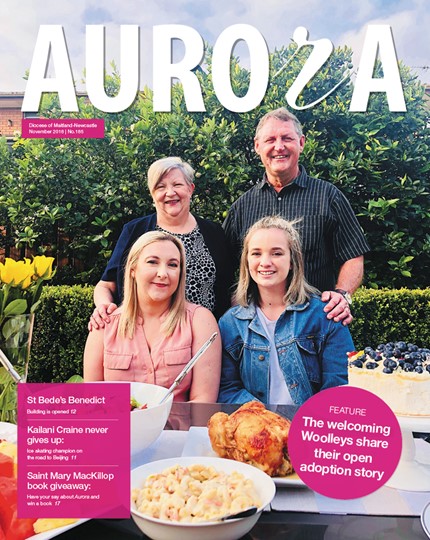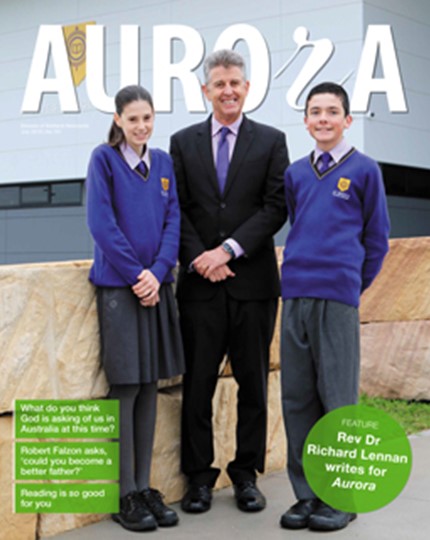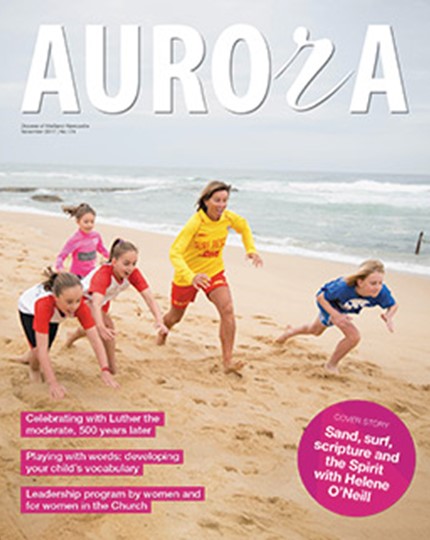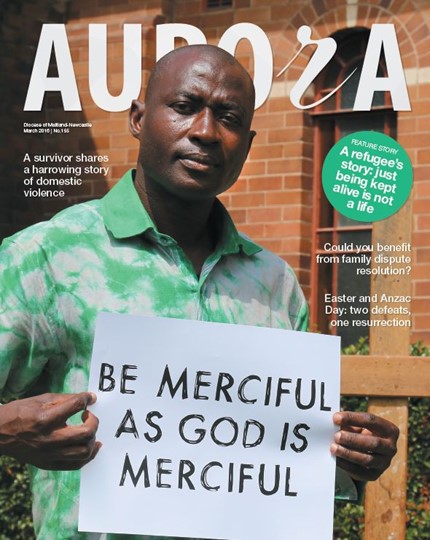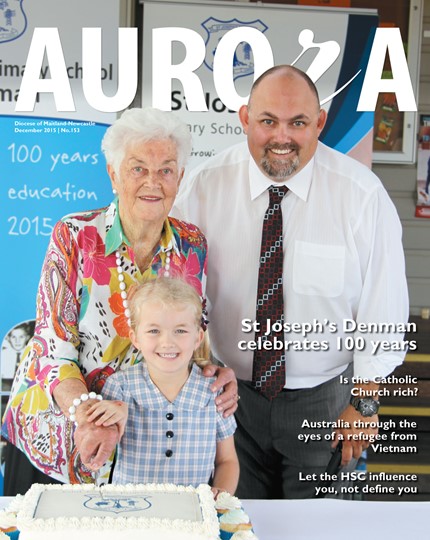This record investment will enable the Diocese to continue to transform traditional classrooms into modern learning environments and meet the growing demand for Catholic education in the region.
Education is changing and as a Diocese we are looking to evolve with that change. As such, we are committed to a robust building and development program across the school system that will truly enhance the physical facilities and students' learning experience.
The new facilities we are building support a shift from the traditional teacher-centred approach to student-centred learning. They provide students with exciting and innovative environments that will prepare them for future study and career pathways and promote independent learnings as well as collaboration.
Each school year, the Diocese reviews student fees, including the Diocesan Family School Building Levy (DFSBL). The DFSBL is charged to the oldest child for each family. It is used predominately to repay loans through the Catholic Development Fund for building infrastructure and purchases for our school communities, including the development of new Catholic schools within the Diocese, and for small current projects not supported by CDF loans.
Our investment in schools would not be possible without the generous support of families. The levy is reviewed annually in accordance with current and projected projects and enrolment figures. In 2020, the DFSBL will increase by $5 per calendar week, per family, when compared to the 2019 levy.
The Catholic Diocese of Maitland-Newcastle currently employs 3500 teaching and support staff, both permanent and casual, working in 58 Catholic schools, with more than 19,600 students. In the past four years from 2016, the Diocese has increased its enrolments by 755 students and invested $139m in infrastructure including $32m in government funding.
In the same period, the Diocese opened two new high schools — St Bede's Catholic College in Chisholm and the St Laurence Flexible Learning Centre at Broadmeadow. It also expanded its offerings at existing secondary schools including St Joseph's College in Lochinvar and St Mary's Catholic College in Gateshead, which both now offer classes up to Year 12. Many primary schools' enrolments have grown dramatically in the same period.
Niall and Laura Munroe have been preparing their five-year-old daughter Ruby for Kindergarten this year. Key to this was deciding on which school they felt was the right choice for their family, and they explored both public and independent education options.
After meeting with St Therese’s Primary School principal Dulio Rufo, they felt the New Lambton school was the best option for Ruby. The couple also intends on sending their son Cillian and their third child, born last month, there too.
“St Therese’s ticked all the boxes for us,” Ms Munroe said. “We loved that the principal took the time to show us around, the staff were friendly, and the children seemed to be really engaged in the classes and enjoying the Mini Vinnies activities that were taking place that day.
“When we visited the classrooms, we noticed there were different modes of teaching and learning going on than what we were used to growing up, but as Mr Rufo explained, education is evolving. We could see new buildings being constructed that would enhance these modern teaching practices, which were backed by research from around the world — even our home country of Ireland.
“While we knew making the decision to send our children to a Catholic school would incur higher fees than the public system, we consider it an investment in their future and believe it will get them off to a great start in life.”
Some families will be exempt from the 2020 DFBSL increase, including in the drought-affected Upper Hunter. It is our policy that financial hardship should not prevent a child from attending a Catholic school.
